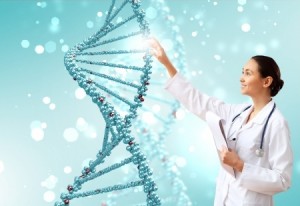 Stem cell therapy has quickly become the leading method of regenerative medicine that holds the potential to relieve a myriad of conditions without any surgery or risk. One of the newest stem cell therapy treatments available is Amniotic Allograft Stem Cell Therapy (AASCT) that holds the promise of resolving many different health issues, including joint pain.
Stem cell therapy has quickly become the leading method of regenerative medicine that holds the potential to relieve a myriad of conditions without any surgery or risk. One of the newest stem cell therapy treatments available is Amniotic Allograft Stem Cell Therapy (AASCT) that holds the promise of resolving many different health issues, including joint pain.
Understanding the Basics of Stem Cell Therapy
Stem cells are types of cells found in many different places in the human body—fat, umbilical cord blood, bone marrow, and teeth, for instance—that have the unique ability to morph into just about any type of cell and regenerate infinitely to regenerate specific damaged tissue and reduce pain and inflammation. In essence, stem cell injections can generate a healing process that the body cannot accomplish on its own, which makes it possible to rebuild bone, cartilage, ligaments, and more.
The Science Behind AASCT
Amniotic fluid provides stem cells for AASCT and even offers benefits over embryonic stem cells, which have long been considered the most efficient and reliable, though controversial, forms of stem cells. Amniotic stem cells don’t show signs of age, they divide faster, and even have a longer stability rate. Better yet, since they are gathered from fluid surrounding the fetus, rather than the fetus itself, AASCT is not limited by any ethical issues.
AASCT blends amniotic stem cells with hyaluronic acid for an injection targeted directly into the part of the body that needs to heal. The stem cells and HA quickly go to work to reduce painful inflammation and restore damaged tissue, like cartilage. In this way, people struggling with joint pain can achieve genuine, long-lasting relief.
A registered nurse named Teresa Hamrick received a stem cell treatment using bone marrow stem cells augmented with amniotic tissue, and the therapy helped her out of her wheelchair for the first time in years. There are many other stories like Hamrick’s that prove the potential for AASCT to change lives.
